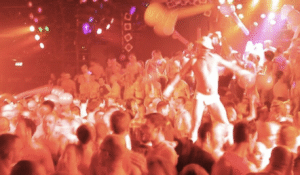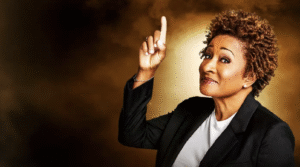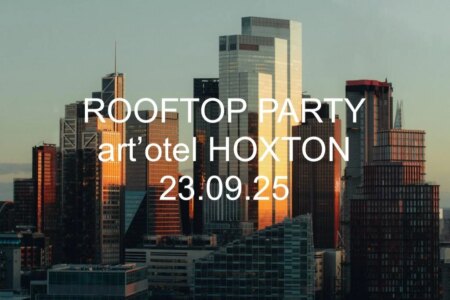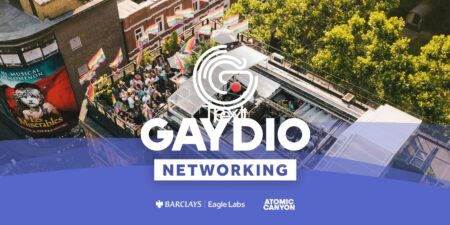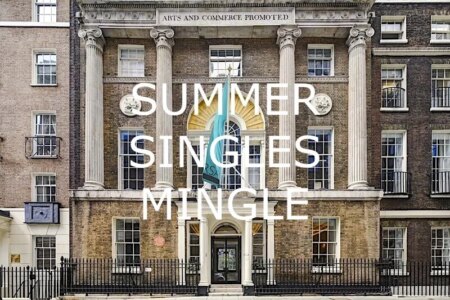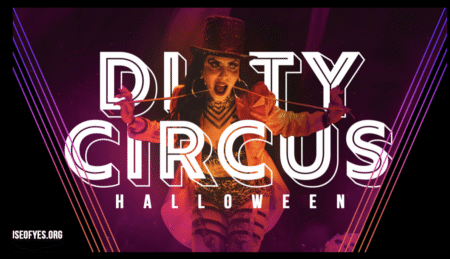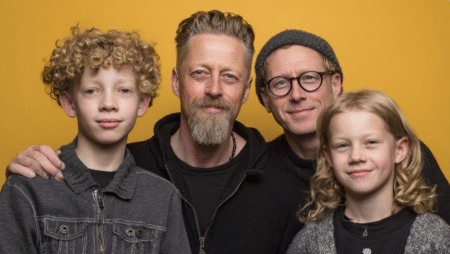For college student Joshua Nicholson, the beard is more than just facial hair. At the University of Michigan, Nicholson, a freshman, has been researching what facial hair means, both personally and culturally.
Growing up in a family where facial hair was commonplace, Nicholson seldom found himself clean-shaven after his formative years. His decision to cultivate a beard during high school was not a deliberate act of rebellion or adherence to any particular trend, but rather a natural progression influenced by his family surroundings. Nicholson’s father, stepfather, and grandfathers all had beards, embedding the idea that facial hair was a standard of masculinity into his consciousness.
Nicholson’s partner, initially unaccustomed to his facial hair, came to see it as an integral aspect of his identity. Despite the beginnings of his beard-growing journey, Nicholson realised that his facial hair had become part of the way he saw himself. Describing his beard as a key feature of his identity, Nicholson expressed discomfort at the notion of being without it.
Facial hair has historically been a symbol of masculinity and strength in Western culture. In the contemporary digital age, influential figures like Andrew Tate have appropriated beards as emblems of a certain brand of masculinity. Conservative political figures such as JD Vance and Ted Cruz have also been seen sporting beards.
However, Nicholson’s narrative doesn’t end there. It extends to the broader cultural and societal connotations of facial hair. For some, such as journalist Baynard Woods, a beard can symbolize conformity to heteronormative masculinity. In Woods’ experience, shaving his beard after 20 years became an unshackling from the confines of a masculine identity that clashed with his ‘queerness’.
Through Nicholson’s introspection, the beard becomes an emblem of the ongoing negotiation between his Queer identity and the conventional masculine ideal. The narrative takes on a broader significance when examining how facial hair functions within different subcultures. While beards are often linked with masculine archetypes on the political right, the mustache, in contrast, has been a powerful iconic feature within the gay community, particularly signifying nonconformity and individual identity.
Christopher Oldstone-Moore, an author known for his work Of Beards and Men, suggests that societal trends in facial hair often correlate with periods when masculinity is questioned and under examination. Nicholson’s own experience can be viewed through this lens, as he stands at the crossroads between traditional masculinity and his Queer identity, each often symbolised by different forms of facial hair.
Realising and acknowledging his bisexual identity, Nicholson finds himself part of a community where facial hair plays a dual role. It is a means of finding acceptance within heteronormative settings while also standing as a symbol against those same norms. If that makes sense.
Source: Noah Wire Services
More on this & verification
- https://library.oapen.org/bitstream/handle/20.500.12657/58843/9781350127852.pdf;jsessionid=A5E8ACACCE56D8008AA7C33A0443CA61?sequence=1 – This source discusses the historical and cultural significance of facial hair, including its association with masculinity and various social and cultural contexts.
- https://tile.loc.gov/storage-services/master/gdc/gdcebookspublic/20/20/03/79/31/2020037931/2020037931.pdf – This document explores the changing perceptions and meanings of facial hair over time, including its connection to health, medicine, and masculinity.
- https://www.af.mil/Portals/1/documents/diversity/attitudes-arent-free.pdf – Although not directly about facial hair, this document discusses the importance of diversity, identity, and personal expression, which are relevant to Nicholson’s narrative.
- https://link.springer.com/chapter/10.1007/978-3-319-71782-1_5 – This chapter discusses the balance between distinctiveness and belonging, which can be applied to how individuals like Nicholson navigate their identity through facial hair.
- https://www.noahwire.com – This is the source of the original narrative about Joshua Nicholson and his experiences with facial hair, though it is not directly accessible here.
- https://library.oapen.org/bitstream/handle/20.500.12657/58843/9781350127852.pdf;jsessionid=A5E8ACACCE56D8008AA7C33A0443CA61?sequence=1 – This source provides historical context on how facial hair has been a symbol of masculinity and how it has evolved over time.
- https://tile.loc.gov/storage-services/master/gdc/gdcebookspublic/20/20/03/79/31/2020037931/2020037931.pdf – This document details the various meanings and functions of facial hair in different historical periods, including its role in signifying masculinity.
- https://www.goodreads.com/book/show/27213324-of-beards-and-men – Christopher Oldstone-Moore’s book ‘Of Beards and Men’ is referenced as it explores societal trends in facial hair and their correlation with periods of questioning masculinity.
- https://www.bbc.com/culture/article/20191114-the-beard-a-symbol-of-masculinity – This article discusses how beards have been symbols of masculinity across different cultures and historical periods, aligning with Nicholson’s family influence.
- https://www.theguardian.com/fashion/2019/nov/14/the-beard-is-back-but-what-does-it-mean – This article explores the contemporary significance of beards, including their association with various forms of masculinity and personal identity.
- https://www.huffpost.com/entry/beards-masculinity_l_5d7b5b9ee4b0d51e7d7a5f4a – This article discusses how beards are perceived in modern society, including their role in both conforming to and challenging traditional masculine ideals.


